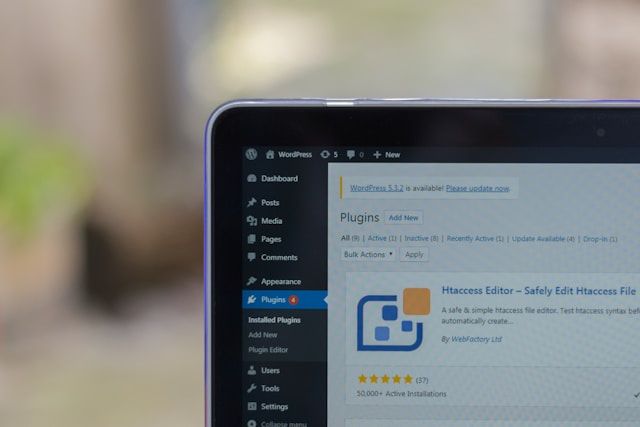Having a strong online presence is vital for businesses of all sizes. At the heart of this digital strategy are two key players: Content Management Systems (CMS) and Digital Experience Platforms (DXP).
These platforms are essential for organizations looking to manage and deliver content effectively to their audiences, but they each bring something unique to the table.
Let’s explore what makes them different and how they influence digital experiences.
Content Management System (CMS)
Think of a Content Management System as your central hub for all things content-related.
It’s like a versatile toolbox that allows users to create, edit, organize, and publish content without needing to be a tech wizard. Key features of a CMS include:
- Content Creation and Editing: Easily create and edit different types of content such as articles, images, and videos using user-friendly interfaces.
- Organization: Keep your content neat and organized with hierarchical or categorical structures, making it easy to find and manage.
- Workflow Management: Streamline the content creation process with workflow functionalities that manage approvals and ensure quality.
- Publishing: Instantly publish content across various platforms like websites, mobile apps, and social media directly from the CMS.
Popular CMS platforms like WordPress, Drupal, and Joomla are favored for their flexibility and extensive plugin options, catering to diverse needs across industries.
Also, consider the best headless CMS to improve the digital journey and stay ahead of the curve.
Digital Experience Platform (DXP)
While a CMS handles content creation and management, a Digital Experience Platform goes a step further by focusing on delivering seamless, personalized experiences across multiple digital channels. Here’s what sets a DXP apart:
- Omni-channel Delivery: Ensure consistent brand messaging and experiences across web, mobile, email, and other digital touchpoints.
- Personalization: Use data and insights to tailor content and interactions based on individual user preferences and behavior, enhancing engagement and satisfaction.
- Integration Capabilities: Integrate with other systems like CRM, e-commerce, and analytics tools to create a unified view of customer interactions and behaviors.
- Experience Optimization: Optimize digital experiences through tools like A/B testing, marketing automation, and analytics to continuously improve performance and ROI.
Leading DXPs such as Adobe Experience Manager, Sitecore Experience Platform, and Salesforce Customer 360 empower organizations to create memorable digital journeys that drive loyalty and conversions, with the best Digital Experience Platforms you can improve your connection with your audience, experience and stand out from the crowd.
Choosing the Right Platform
Deciding between a CMS and a DXP depends on your organization’s goals, scale, and digital strategy:
- Starting Point: If you’re primarily focused on content creation and basic digital presence, a robust CMS might be the perfect starting point.
- Growth and Expansion: As your needs evolve to include more personalized and integrated digital experiences, transitioning to a DXP can unlock new capabilities and opportunities.
- Resource Allocation: Consider factors like budget, IT resources, and expertise needed to implement and maintain the platform that aligns with your long-term digital goals.
In conclusion, while CMS platforms excel at managing content creation and distribution, DXPs elevate digital experiences by integrating advanced personalization, omni-channel delivery, and analytics capabilities.
Whether you’re a small business owner starting a blog or a large enterprise seeking to optimize customer journeys, understanding the strengths of CMS and DXP platforms is crucial in crafting a digital strategy that resonates with your audience and drives business success in today’s competitive landscape.






